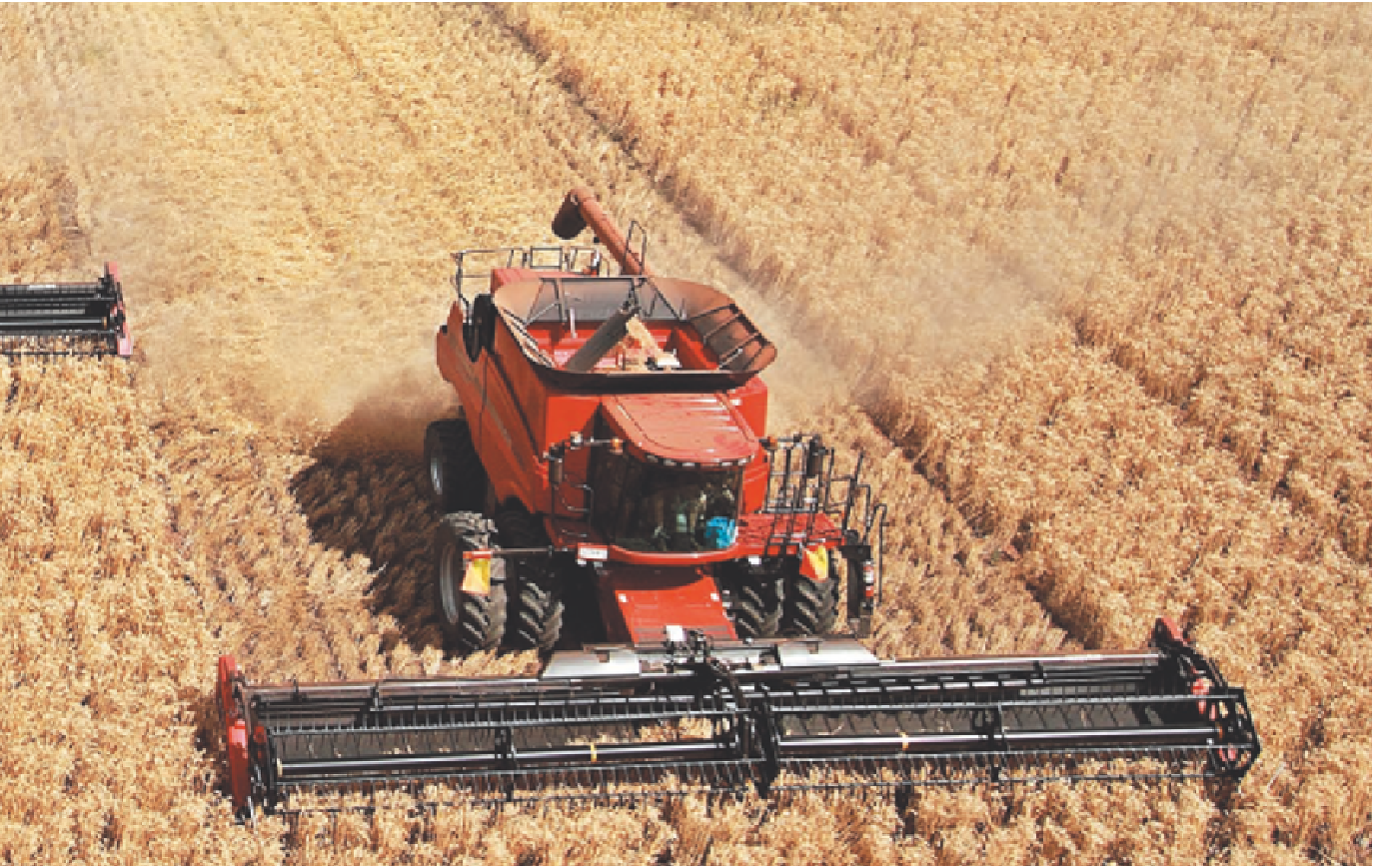Geoscience Reference
In-Depth Information
Neil W Zoglauer/Flickr/Getty Images
Harvesting wheat in the Great Plains. Wheat production requires an excellent understanding of the holistic relationship
among soils, climate, and vegetation. In a world of rapidly growing human population, good knowledge of physical
geography is essential to create a sustainable food supply. This chapter focuses on some of the various ways that physical
geography relates to important human/environmental interactions on Earth.
L E A R N I N G O B J E C T I V E S
C H A P T E R P R E V I E W
1.
Describe how an understanding of physical geogra-
phy is essential to a consideration of contemporary
human/environmental issues.
2.
Discuss the history of human population and the fac-
tors that have fueled its growth over time.
3.
Compare and contrast the physical setting of Las
Vegas, Nevada, its history of population growth, and
ongoing water issues in the region.
4.
Describe the various ways that soil salinization occurs
and why it is a major problem in California and Australia.
5.
Discuss the general history of oil production in the
United States, our effort to develop unconventional
sources, and potential environmental impacts.
6.
Discuss the nature of the panda habitat and how it
has been progressively fragmented over time. Explain
how geographical principles are being used in an ef-
fort to stabilize panda populations in the wild.
A Short History of Human Population
Case 1: Water Issues in the Arid
American Southwest
Case 2: Soil Salinization in Arid and
Semi-Arid Lands
Case 3: Developing Unconventional Oil
Supplies in North America
Case 4: Giant Panda Conservation in
China
Summary







